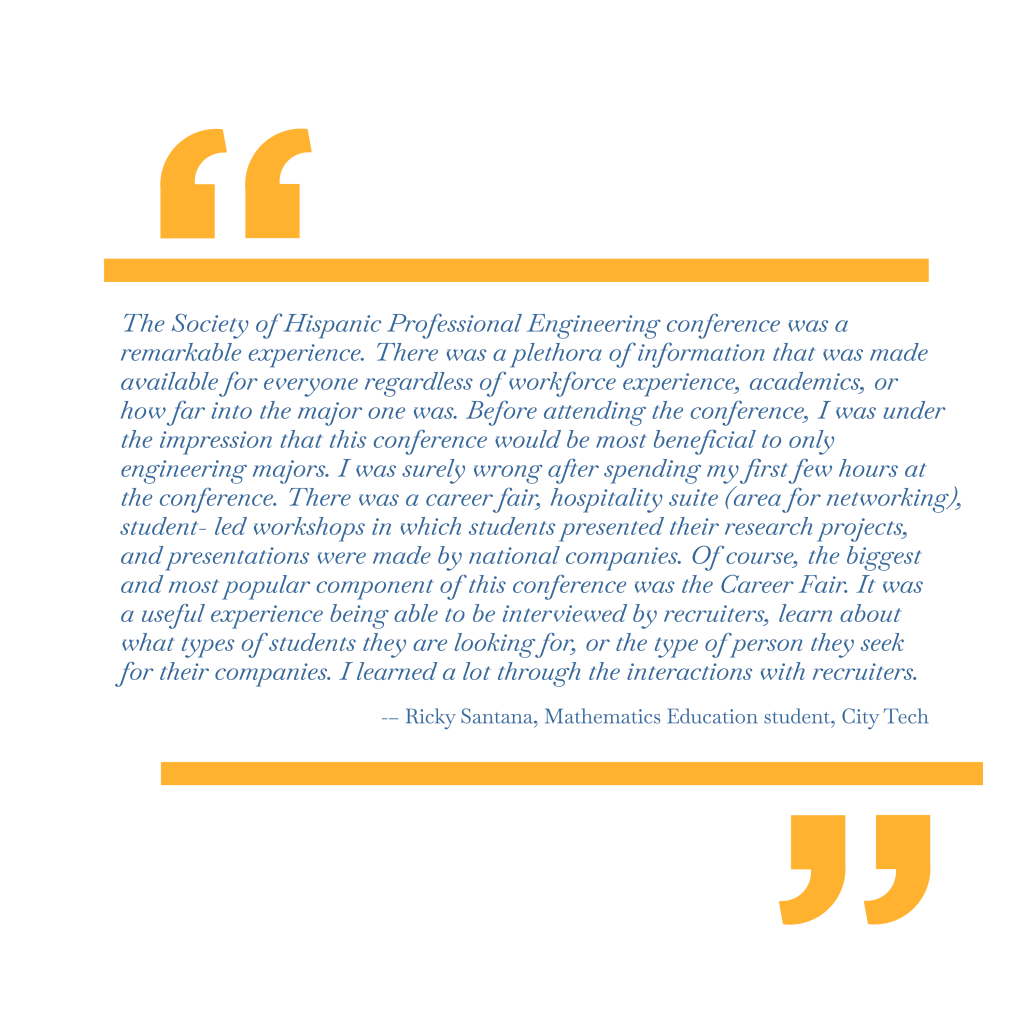Virtual Mentoring During and After a Pandemic
6.6 Key Mentoring Behaviors to Take Forward
Mentoring is not a static endeavor. Undergraduate mentoring has evolved into a more creative undertaking because of the pandemic. Such changes have forced embracing new means of communication, empathic behavior, execution of projects, planning, and resource use that can and should continue to provide undergraduate researchers the access, ease, and support our mentees deserve and need.
Regardless of whether undergraduate research is located in rural or urban environments, both mentors and mentees can face a variety of potential stressors, ranging from inconsistency of equipment and technological platforms to socioeconomic challenges. Psychosocial roadblocks, such as financial and mental health traumas, are pervasive and real (Candelaria et al., 2021). Luckily, the pandemic has encouraged individuals to explore many different and exciting possibilities of how to form communities of learners in exciting ways. The following case study exemplifies some mentoring behaviors to take forward from the pandemic.
Case Study: You Have to Love Technology!
Professor Elizabeth is very excited to work with one of her senior database students, Nazira, on an advanced database research project outside of the classroom. Professor Elizabeth arranges an initial Zoom meeting to discuss the project scope and provide direction. Both mentor and mentee agree to hold bi-monthly meetings via Zoom to discuss project progress; however, Nazira misses the first two meetings. Professor Elizabeth is concerned about Nazira, who normally is consistently focused on doing her best work and communicates without issue. Thinking that she has to review the goals and expectations for Nazira, Professor Elizabeth contacts her mentee via phone to express her concern. Nazira begins to cry, explaining that she is overwhelmed by the difficulty that accessing the computer during the day presents. Both her children attend class via Zoom at alternative times and also need the one computer at home to complete homework after class. Nazira also indicates that her Internet connection is unreliable. Professor Elizabeth offers her sympathy to Nazira along with suggestions that they communicate via Hangouts and WhatsApp (Pérez-Jorge et al., 2020) on her smart phone and meet via Zoom one Saturday a month or more if needed. The mentor and mentee strategize about resources to increase Nazira’s access, including borrowing or renting additional equipment. Both suggestions work well. Nazira receives temporary use of a computer device. The one-on-one guidance helps Nazira to complete the project, free from the worry of computer or Internet inaccessibility (Supriyanto et al., 2020).
Reflection: How does Professor Elizabeth review the goals and expectations she establishes with her mentee under normal conditions (e.g. face-to-face interactions, regular check-ins) and recalibrate to the present conditions? How does she identify which goals and expectations are important to maintain and which may need to be redefined and reprioritized?
As the case study illustrates, mentors need to consider new constraints that exist for mentees, including available time and remote work. These constraints may influence how mutually planned expectations can be met, how individual and shared goals can be achieved, and what time frame is realistic. Mentees whose work depends heavily on being in clinical or other external environments, laboratories, or the field or lab will likely be concerned about their lack of hands-on exposure, which may impact their progression in their studies and future employment. Continued progress for some mentees may appear nebulous, as they look to their mentors for guidance about a rapidly changing job market both beyond and within the school environment. As mentors we need to acknowledge and be intentional on our approaches to these new concerns.
What we do now is acknowledge that psychological distress for both mentors and mentees and uncertain times are here and may persist. Let us focus on reassuring ourselves and our students that we will be present. Be as available, flexible, supportive, and understanding as possible. Consider what this means for you personally as a mentor. Depending on individual circumstances, some mentors will be in the position to provide more support than others. Do not let this cause despair; allow yourself to be available, within boundaries, to meet your needs and the needs of mentees. Boundaries should be discussed in the context of cultural and individual norms and preferences. For example, the mentor may inform the mentee to contact them between specific hours of the week, and not to do so on weekends. Time is important to observe; that is, the importance of punctuality may differ among you and your mentee (Naughton, 2021). Mentors may want to only be addressed by their earned “Professor” or “Doctor” titles. Mentees may not want to turn on cameras due to living situations and would prefer to touch base via email or phone.
We all need to seek and share out any information about technological advances that support creative communication. Ask your mentees to teach you about new applications and platforms. Provide gratitude and do this regularly.
Perhaps most importantly, we have learned from pandemic mentoring to be responsive to mentee’s concerns about health and illness. Food insecurity, housing, safety, and travel are real concerns. Experiences with death and dying may create traumatic responses. Be responsive to students’ concerns about health, which are feelings that need evaluation and support. Isolation may be a concern that also needs outreach to student support services. As mentors, do what you can to ease your mentee’s concerns, but also work with them on realistic action plans for conducting undergraduate research. The goal is to aim our mentees toward a positive future.

